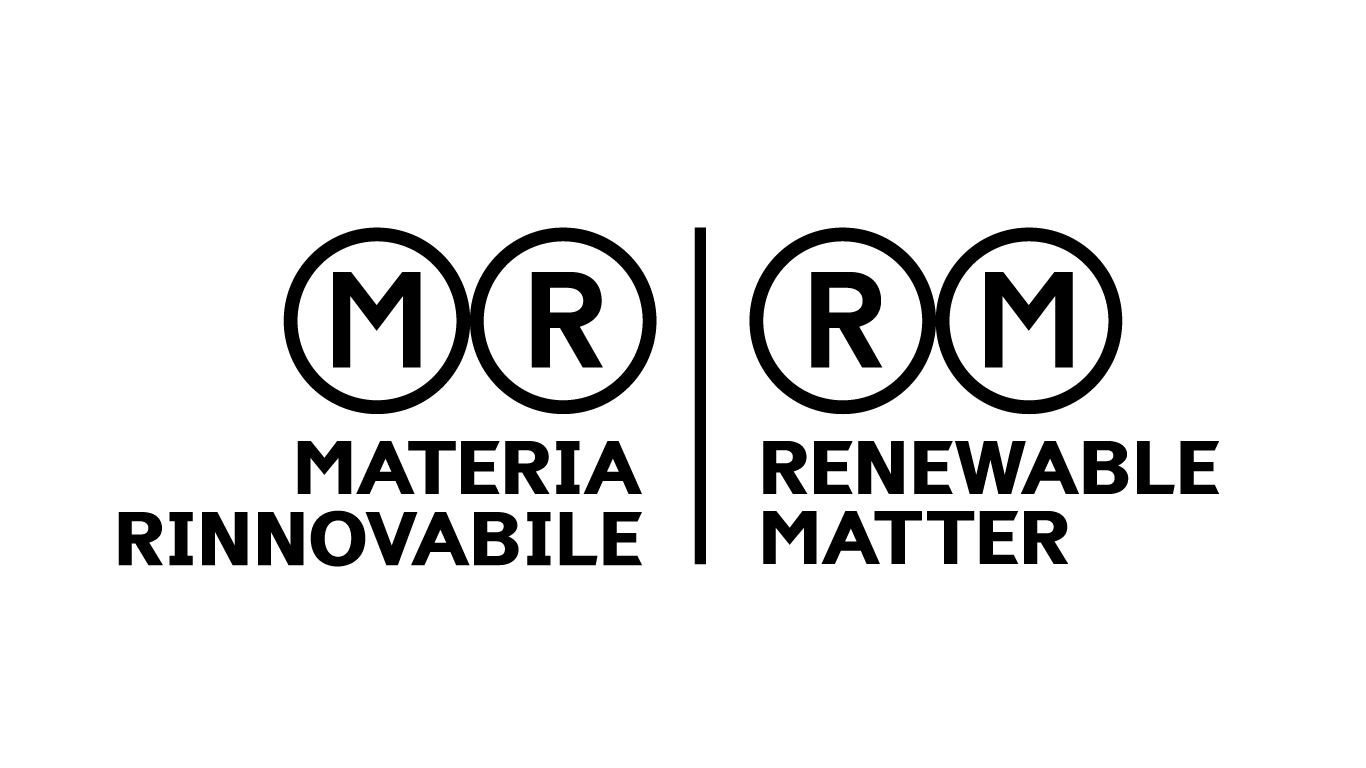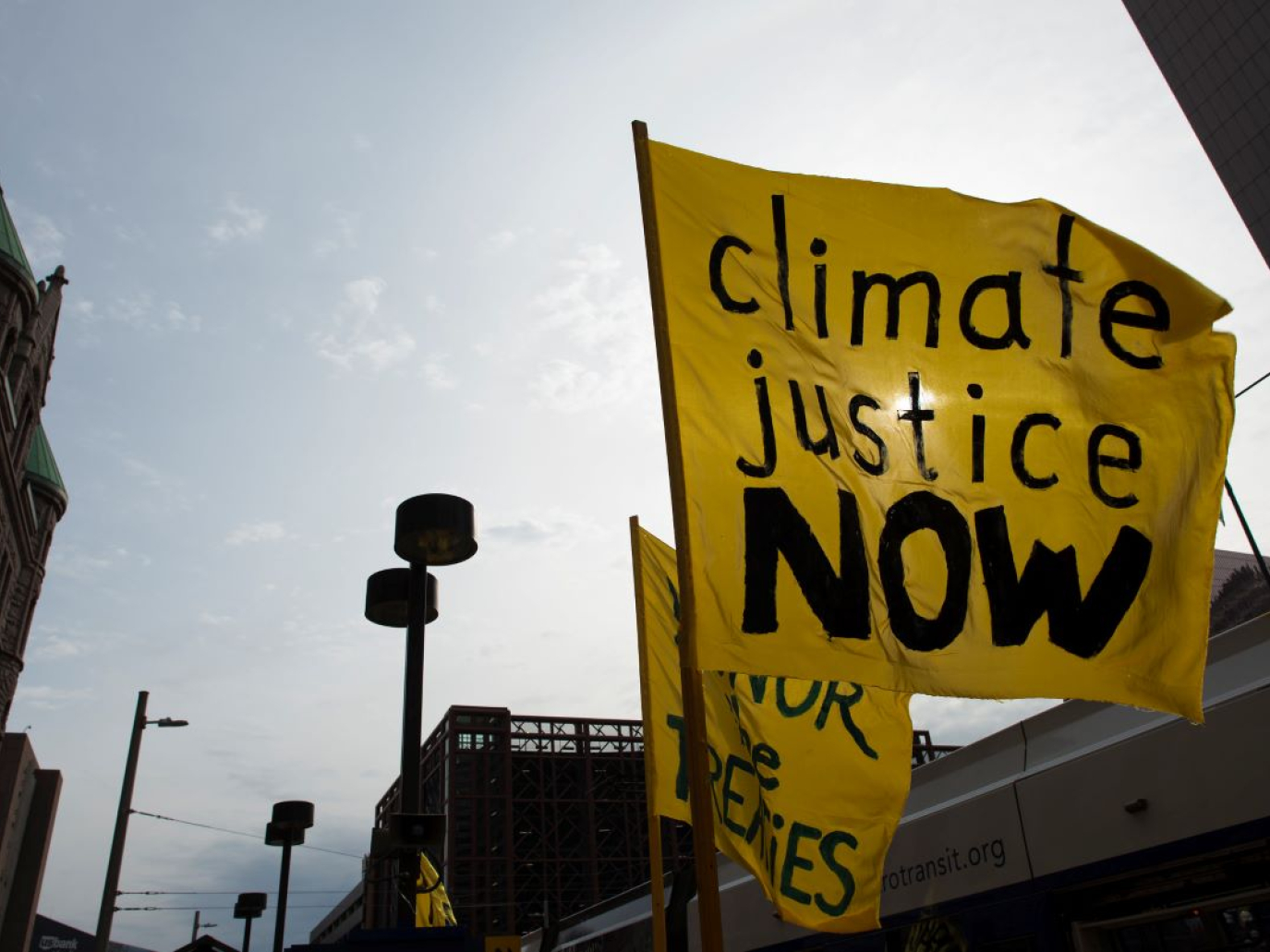This article is also available in Italian / Questo articolo è disponibile anche in italiano
Climate litigation is expanding at a steady pace, with significant developments expected in national and regional judicial systems across several continents, involving even the highest international courts.
Legal and judicial innovation struggles to keep pace with global warming and its increasingly alarming consequences. Yet by the end of 2025, the climate litigation community could receive clear guidance from the most important courts regarding state obligations, the protection of human rights in the context of the climate crisis, and the potential to establish the liability of carbon majors.
Increasingly sophisticated tools, models, and strategies are being developed to pursue climate justice in the courtroom. And so, what cases should we keep an eye on in the coming months?
The persistence of Switzerland’s “Senior Women for Climate Protection”
Switzerland is now dealing with the aftermath of a landmark 2024 ruling by the European Court of Human Rights, which found that the Swiss government had violated fundamental rights through its inadequate climate action.
The KlimaSeniorinnen Schweiz, an association of older women activists supported by Greenpeace, continues its long-standing battle, despite an unprecedented legal victory last year. The judgment ruled that Switzerland had breached their right to private and family life (Article 8 of the ECHR) and their right to a fair trial (Article 6 of the ECHR). But while a ruling may carry weight on paper, its real impact depends on what happens during the implementation phase.
Between the 4th and the 6th of March, the Council of Europe’s Committee of Ministers’ Deputies for Human Rights met to review the implementation of the judgment. Although a revised “CO₂ Act” came into force on the 1st of January 2025, setting a target of reducing emissions by 50% from 1990 levels, critics argue that Switzerland’s carbon budget remains exorbitant: 660 million tonnes of CO₂ allowed until 2050, compared with just 260 million tonnes estimated by independent experts, which would be exhausted as early as 2032 if current emission trends continue.
The Committee of Ministers has requested further clarification from the Swiss government and postponed the matter until September 2025. "The Swiss Federal Council is not getting away with its arguments by the Committee of Ministers. Switzerland must improve its climate policy to remedy the violation of our human rights," said Rosmarie Wydler-Wälti, co-president of KlimaSeniorinnen Schweiz.
An Austrian citizen opens new legal frontiers
Following the Swiss case, the ECtHR will examine other pending appeals about climate change. An Austrian citizen, Mr Müllner, who suffers from multiple sclerosis and is sensitive to high temperatures, as well as Uhthoff's syndrome, has sued his government for failing to adopt effective measures against climate change.
“This promises to be the next major climate case before the Court,” Corina Heri, a researcher at the University of Zurich involved in the proceeding, told Renewable Matter. “It could clarify the test for individual victim status, as well as raise the question of how the Court should approach the EU’s climate targets and how to consider specific vulnerabilities linked to disability.”
Unlike the case brought by the Swiss activists, Müllner’s appeal could break new ground for individual climate claims, setting a historic precedent.
Awaiting opinions from regional and international courts
It is not only the Strasbourg Court that is defining the boundaries of climate responsibility. In 2024, the International Tribunal for the Law of the Sea recognised greenhouse gas emissions as a form of “marine pollution”, and further legal opinions expected this year are likely to shape the course of climate litigation across different regions.
Chile and Colombia have requested an advisory opinion from the Inter-American Court of Human Rights on the obligations of states concerning the causes and consequences of climate change. The proceedings have attracted exceptional engagement: 250 written submissions were filed, and a similar number of interventions were made during the hearings. The San José-based court could issue its opinion in the second half of 2025.
The International Court of Justice in The Hague is also preparing to deliver a crucial opinion on state responsibilities in the climate crisis, in response to a UN General Assembly resolution brought forward by the Republic of Vanuatu, a small island state under serious threat from rising sea levels. That case, too, has seen record numbers, with around 150 written statements and interventions from 96 states during the public hearings held last December.
Francesco Sindico, Professor of International Environmental Law at Strathclyde Law School in Glasgow, shared his experience of representing the IUCN at the hearing: “Many countries had never set foot in the International Court of Justice. It felt like a breath of fresh (legal) air for anyone working in international law,” he told Renewable Matter. As for the expected outcome: “It’s likely the Court will confirm that there are different international instruments that impose obligations on states to protect the climate, and that such obligations take the form of due diligence.” The opinion is expected by the end of the year.
The most recent initiative of this kind comes from a group of NGOs led by the Pan African Lawyers Union, which has launched proceedings in the African region. On the 2nd of May, the coalition submitted a petition to the African Court on Human and Peoples’ Rights, seeking an advisory opinion on the human rights obligations of African states in the context of climate change.
The petition follows the model of those filed on other continents, but places specific emphasis on the continent’s heightened vulnerability to the climate crisis, as well as on inequalities and historical responsibilities, including colonialism. It may take over eighteen months before the Court issues its opinion.
Big multinationals on trial: climate damage and climate washing
Climate litigation doesn’t concern states alone. The Carbon Majors, 36 companies which, according to InfluenceMap and the Carbon Accountability Institute, are responsible for half of all global greenhouse gas emissions, are facing a growing number of lawsuits.
In the Netherlands, the NGO Milieudefensie has appealed to the Supreme Court following a partial reversal in the second instance of the historical case against Shell. “Shell has a duty to reduce its emissions, but the court failed to say exactly how much,” said Sjoukje van Oosterhout, who leads Milieudefensie’s legal team.
In Germany, the Higher Regional Court in Hamm recently discussed the case of Peruvian farmer Saúl Luciano Lliuya against energy multinational RWE, one of Europe’s biggest emitters. Lliuya is seeking compensation for the flood risk facing his hometown of Huaraz, caused by glacial melt. The most high-profile David-and-Goliath battle in climate litigation is expected to conclude with a ruling on the 28th of May.
The decision could represent a turning point in the complex recognition of the causal link between emissions and specific climate damage. One possible course of action against multinationals responsible for significant emissions is to fight climate washing, and there will be more and more rulings on this matter.
In recent weeks alone, Germany’s Cologne Regional Court ordered Lufthansa to stop advertising in the same terms used up to now, the possibility that passengers can offset CO₂ emissions from their flights, while the regional court in Nuremberg-Fürth ordered Adidas to stop using the promotional message stating that it will become carbon neutral by 2050.
Sue, Baby, Sue: a hot spring for climate litigation in the US
The United States, the historic cradle of climate litigation, is experiencing a particularly intense spring from this point of view. The new Trump administration has unleashed what Michael Burger, executive director of the Sabin Centre for Climate Change Law at Columbia University, describes as "a dizzying array of attacks on environmental and public health protections, and the science that underlies them".
Meanwhile, climate activists “are attempting to bankrupt the American energy industry through lawfare”, according to the website of a recent initiative in defence of fossil fuels linked to Leonard Leo, a former advisor to Donald Trump. The one at risk of closure, however, is Greenpeace USA, which a North Dakota court has ordered to pay more than 660 million dollars for defamation against the oil company Energy Transfer.
The Sabin Center has launched an online platform (Climate Backtracker) to monitor every action of the administration that undermines federal environmental protections, while a wave of lawsuits seeks to block presidential executive orders. At the same time, tensions between “blue” and “red” states are intensifying.
In the past two years, Republicans have spearheaded an “anti-ESG” movement, passing more than thirty laws, regulations, and policy guidelines that indirectly favour the fossil fuel and firearms industries. Some of these anti-ESG measures have been challenged in court by investors, with recent legal victories in Missouri, Oklahoma, and New York State.
Twenty-two states, led by West Virginia, have challenged a New York state law that requires the largest greenhouse gas emitters of the past 25 years to pay 3 billion dollars annually for the next 25 years. Vermont's climate damage law ended up in a similar way before a federal court. In contrast, a bill is pending in Maryland that would prohibit other state and local governments from taking action against the state for climate damage.
Several lawsuits filed by American cities against oil companies have overcome procedural barriers and are moving forward to the point, including those in Honolulu, Boulder, Vermont, Massachusetts, Puerto Rico, and Minnesota.
Cover: picture by Fibonacci Blue, via Flickr



